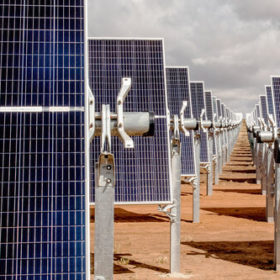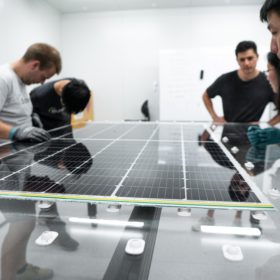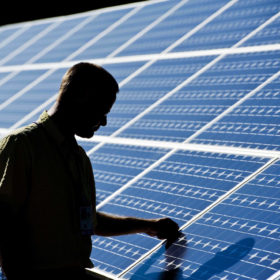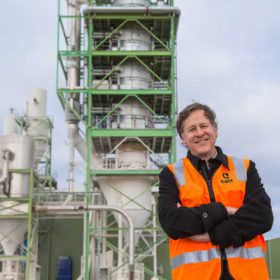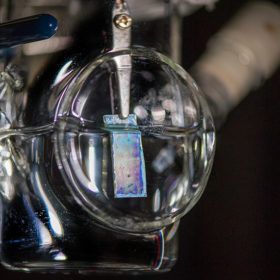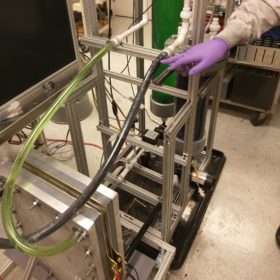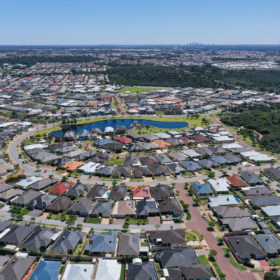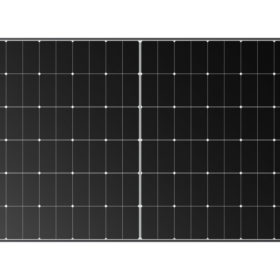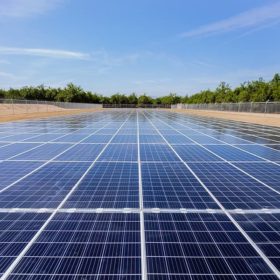Energy Estate looks to cavern storage for Hunter Hydrogen Network
Developer Energy Estate has signed a deal with Abergeldie Complex Infrastructure, which has designed vertical manmade caverns for hydrogen storage. Energy Estate co-founder Simon Currie says the partnership is about shoring up projects like its proposed 1.6 GW Hunter Hydrogen Network.
New study looks at Sundrive’s 25.54% silver-free heterojunction solar cell
A new scientific paper takes a closer look at the record-breaking efficiency that Australia’s Sundrive announced for a silver-free heterojunction cell in September 2021, as certified by Germany’s Institute for Solar Energy Research.
Most new solar panels retain 80% production after 30 years
A five-year Sandia Labs study on solar module degradation shows that 13 out of 23 tested module types have effective lifetimes exceeding 30 years.
Could Australia still have a pathway to manufacturing green steel?
ARENA has awarded global technology company Calix $947,035 (USD 612,509) to help fund an eleven-month study into the feasibility of deploying the company’s proprietary Zero Emissions Steel Technology (ZESTY) at a demonstration plant – something both Calix and ARENA are touting as a pathway to green steel manufacturing using hydrogen in Australia.
Standardised measurements for solar water-splitting for green hydrogen
NREL and Berkeley Lab have proposed efficiency and stability best practices for solar water-splitting to make hydrogen, while a team of researchers from Malaysia and Pakistan have revealed their findings on the feasibility of hydrogen-based incineration.
Novel redox flow battery paves way for low-cost storage
US researchers have facilitated the decoupling of power from energy design by incorporating a conducting carbon slurry in the negative electrolyte of an all-iron flow battery. In a new study, they describe the design considerations for slurry iron redox flow battery scalability.
Market advancing VPP goes live in Western Australia
Western Australia’s largest virtual power plant, the government-support Project Symphony, is live. The project is particularly noteworthy for its introduction of new markets to reward different services and its use of Dynamic Operating Envelopes.
Longi launches all new back contact module, promising 22.8% efficiency
Longi has launched a series of modules featuring an all-new hybrid passivated back contact cell technology, with which it claims a maximum module efficiency of 22.8% in mass production. It will initially offer the modules in 54, 60, 66 and 72 cell formats, targeting rooftop and distributed generation applications.
107 MW rackless, earth-mounted solar memorandum of understanding signed
US-based Erthos announced a 14 MW portfolio of earth-mount solar PV projects under contract along with a memorandum of understanding for a 107 MW project.
Uninterrupted PV generation without storage
An Israeli scientist has proposed a way to achieve uninterrupted PV power on the moon without using energy storage. The proposal involves the installation of PV panels around a 360-degree latitudinal ring close to one of the moon’s poles. There would be no inter-array shading, and static vertical PV arrays and arrays mounted on single-axis vertical trackers could be viable mounting structures.
